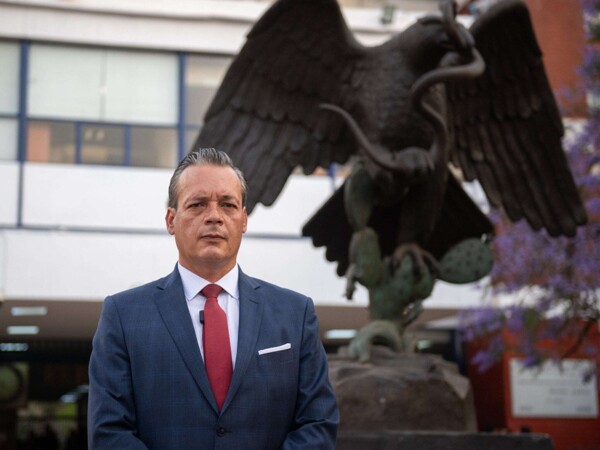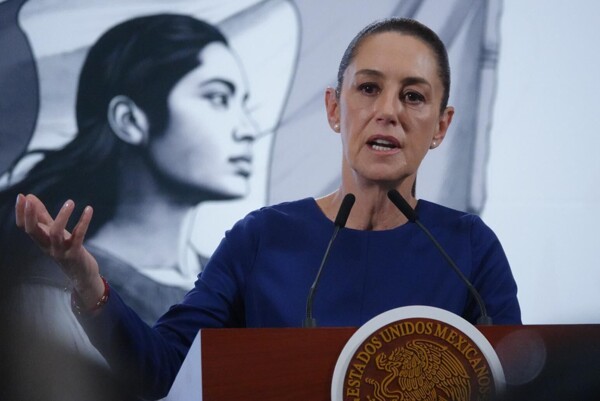In Mexico, President Claudia Sheinbaum seems to maintain an attitude of animosity towards the media, which contrasts with the practices of other political leaders like Donald Trump, who, despite his hostility towards the press, continues to give interviews to critical media. While Trump has generated controversy by freezing access to the White House press room for certain organizations and discrediting unfavorable information, he has also maintained a dialogue with recognized media and even granted an interview to The Atlantic after a previous incident with editor Jeffrey Goldberg.
In contrast, Claudia Sheinbaum has opted not to hold interviews with journalists, preferring her daily morning conference as the main communication channel with the media. However, there is a degradation in the quality of the exchange in these conferences, which have shifted from offering a space for public debate to being dominated by the president's supporters. This lack of direct dialogue with journalists to contrast information and opinions raises questions about the transparency and openness of Sheinbaum's administration.
While Trump continues to confront the "legacy media", he has shown that he is still willing to undergo journalistic interviews, even though the relationship is conflictual. On the other hand, Sheinbaum's stance of avoiding such encounters raises questions about her supporters' satisfaction with an unchallenged discourse and the lack of accountability through the press.
There seems to be a different strategy in each case: Trump, despite his agenda against the media, considers it important to maintain some level of interaction with them; whereas Sheinbaum seems to rely on other communication channels and the control of information that she exercises from the government. Each leader's decision on how to approach the media and public opinion raises doubts about transparency, dialogue, and accountability in their respective administrations.













